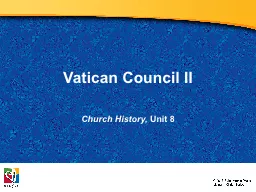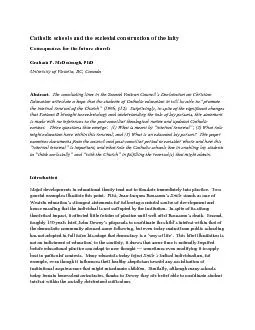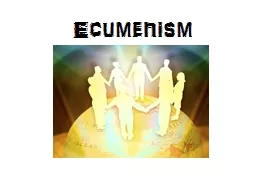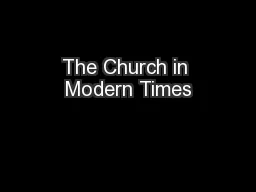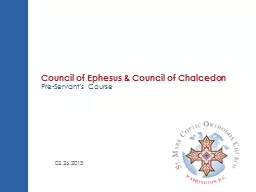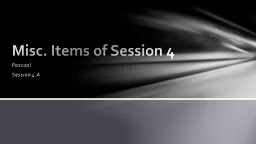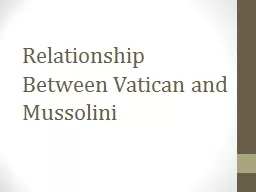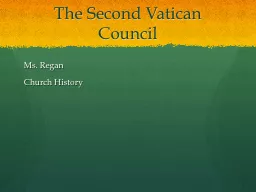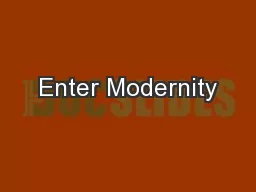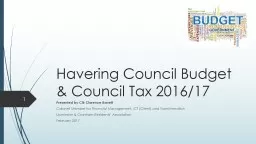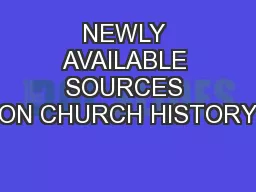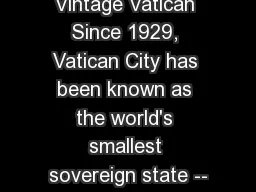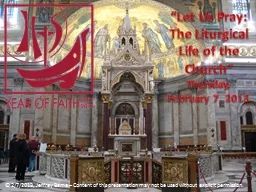PPT-Vatican Council II
Author : tatyana-admore | Published Date : 2017-06-05
Church History Unit 8 In 1958 Cardinal Angelo Giuseppe Roncalli was elected Pope and took the name John XXIII He was a jolly man who enjoyed people and a good
Presentation Embed Code
Download Presentation
Download Presentation The PPT/PDF document "Vatican Council II" is the property of its rightful owner. Permission is granted to download and print the materials on this website for personal, non-commercial use only, and to display it on your personal computer provided you do not modify the materials and that you retain all copyright notices contained in the materials. By downloading content from our website, you accept the terms of this agreement.
Vatican Council II: Transcript
Download Rules Of Document
"Vatican Council II"The content belongs to its owner. You may download and print it for personal use, without modification, and keep all copyright notices. By downloading, you agree to these terms.
Related Documents

